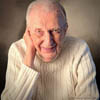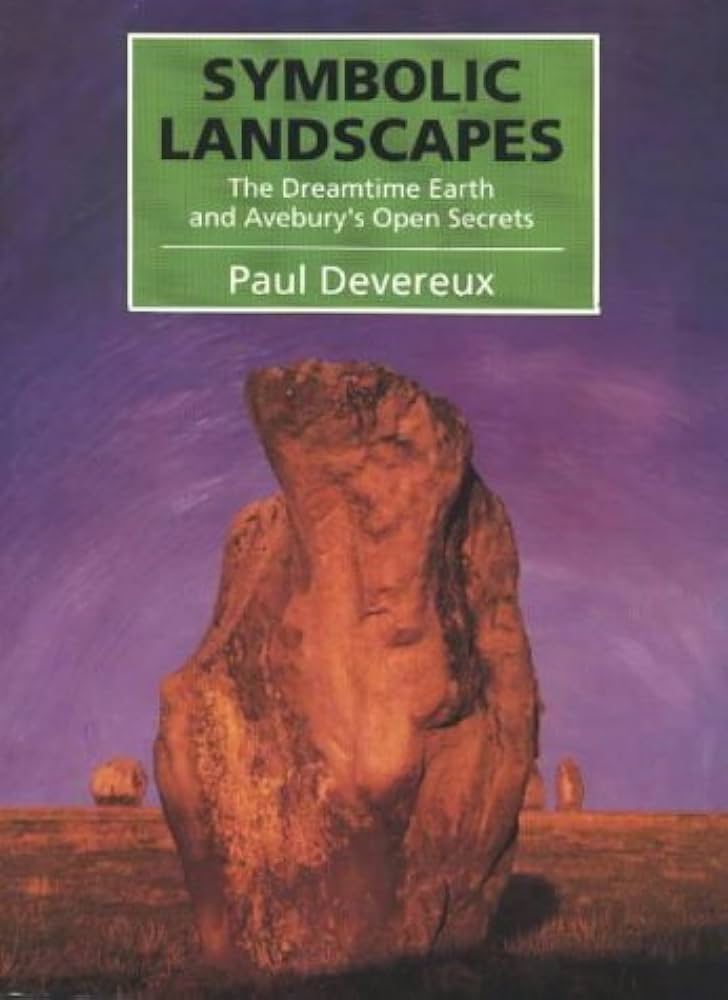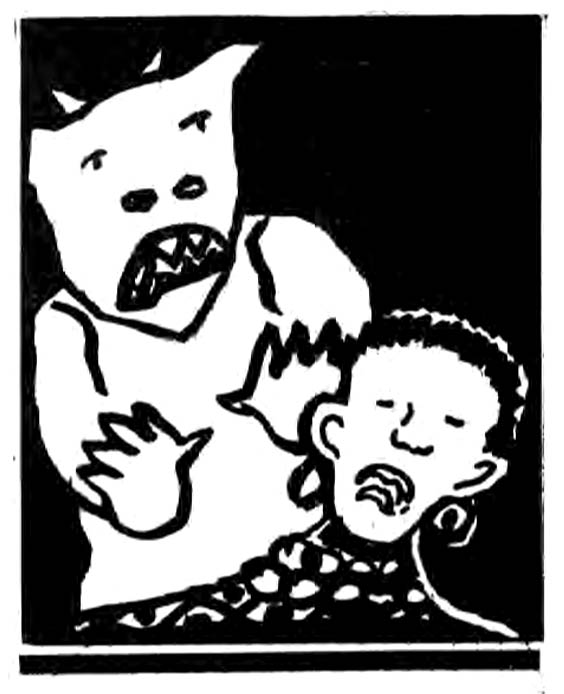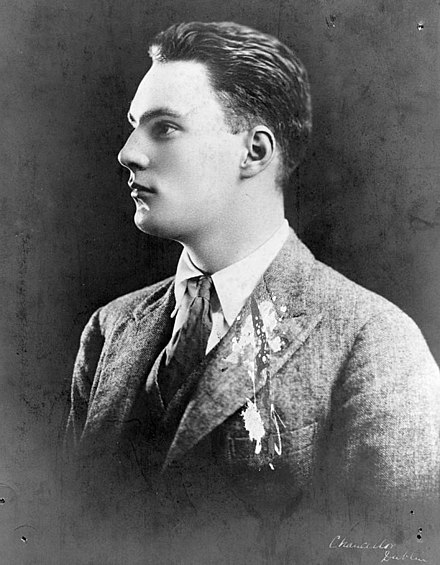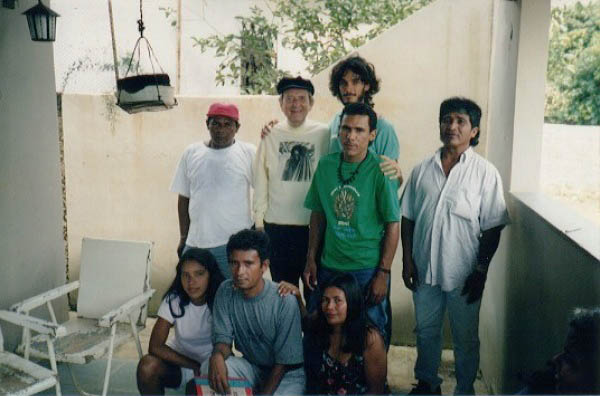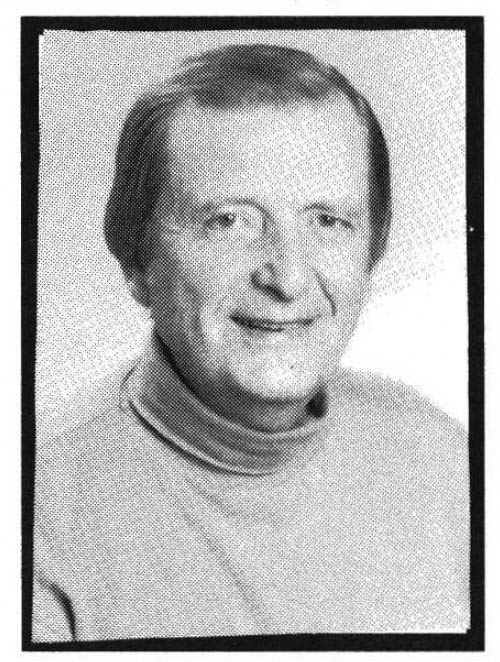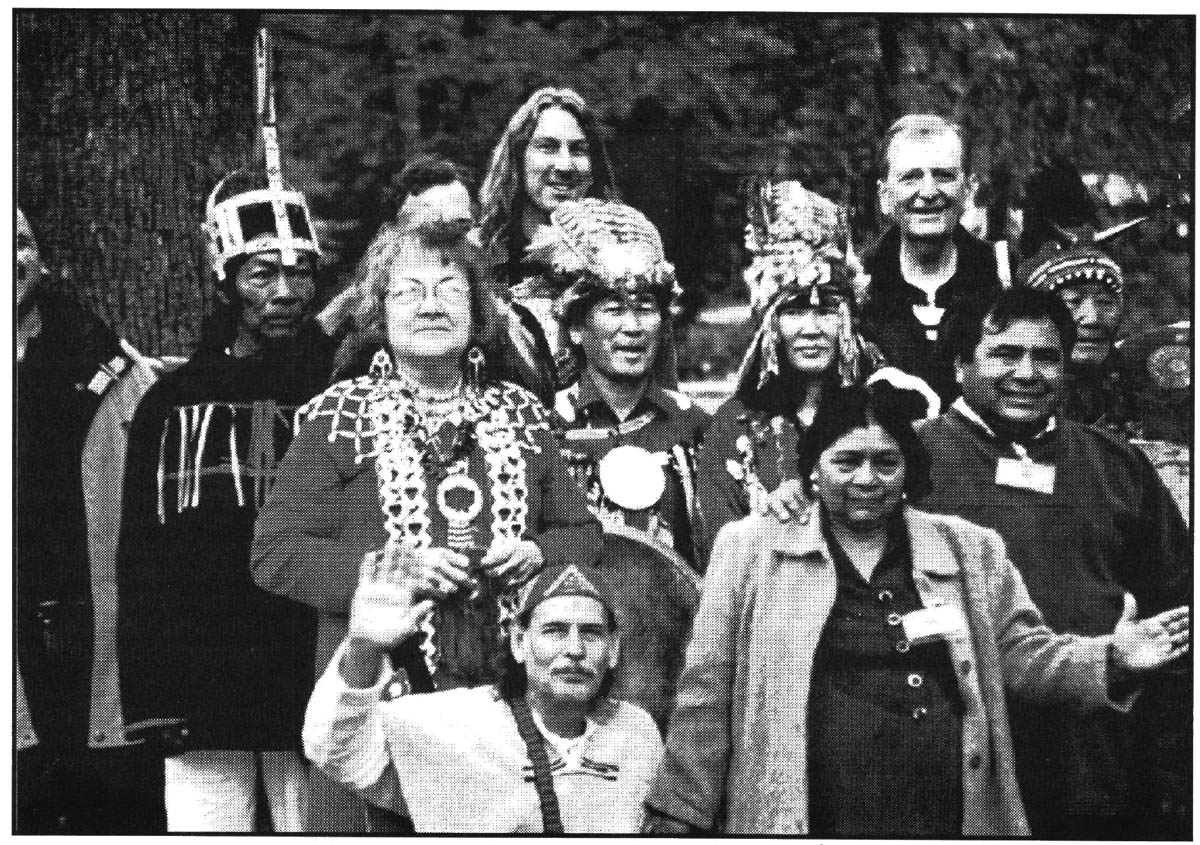In Part 1 of this article (Dream Network, Vol. 17 No. 3), we presented some concepts and techniques you can use to recognize several different types of dreams and to understand what they might be suggesting about the evolution of your personal mythology. In Part II, we will demonstrate how some of these techniques might be applied using as our example a dream report contained in a popular song by The Beatles: "A Day in the Life." But before we begin the dream appreciation, allow us a brief recapitulation of the basic points we covered in the first part of this article.
Our personal mythologies are our ever-changing systems of complementary and conflicting personal myths. A personal myth is a cognitive-affective structure or schema - a pattern of thinking and feeling that gives meaning to the past, defines the present, and provides direction for the future. It serves the functions of explaining, guiding, and sacralizing experience for the individual in a manner that is analogous to the way cultural myths serve those same functions for a society.
A mythic crisis occurs when a prevailing myth becomes so outdated or otherwise dysfunctional that the psyche generates a counter-myth to organize perceptions and responses which the old myth cannot accommodate. We are most likely to become aware of a given myth when a change is occurring within it. Because dreams appear to synthesize one's existing mythic structures with the data of one's life experiences, any incongruity between these elements is often presented to us in dream content. Indeed, it appears to be the task of many dreams to resolve any disjuncture between our personal mythology and our actual experience.
Because it is the nature of many dreams to expose and puncture dysfunctional personal myths and to shed light on the self-deceptive strategies we use to avoid initiating a more functional pattern of beha vior, dream appreciation can be one of the most effective means of bringing these myths into conscious awareness.
A particular dream may include one or more of the following aspects: The dream may attempt to strengthen an old, self-limiting myth (particularly when it is challenged), by:
- emphasizing past experiences which formerly provided evidence for the validity of the old myth;
- resolving conflicts between the old myth and daily experiences through the assimilation of these experiences into the structure of the old myth;
- providing glimpses of a future dominated by the old myth-a preview of the future according to the old myth, often with a sense of inevitability.
Dreams may create or strengthen a counter-myth which has grown out of the old myth's deficiencies by:
- reworking old experiences and interpreting them in a less self-limiting, more affirming manner, providing an alternative to the old myth's template of reality;
- interpreting new experiences in this manner and/ or accommodating the old myth to fit new experiences in a manner that corresponds more closely to the countermyth;
- by organizing possibilities into a positive future with wish-fulfillment qualities. While inspiration for pursuing these possibilities is often present, instruction for how to translate them into daily life is not generally evident.
Or, the dream may facilitate a cognitive-effective integration between the two myths (the previously existing old myth and the new counter-myth). This process is suggested in dreams that:
- feature experiences from the past in which the mythic conflict was evident and show ways it could be integrated;
- highlight the conflict as it emerged in recent experience and show ways of resolving it; or
- portend a future where the conflict is resolved, often hinting at ways in which the dreamer might accomplish the resolution.
Finally, feeling tone often gives an important clue as to the function of the dream. Old myth dreams typically feel defeating, hopeless, and draining. Counter-myth dreams typically have a hopeful, optimistic, even exhilarating tone. And integration dreams generally feel calm, positive and realistic.
Now let's take a look at how we might apply some of these concepts to an actual dream report. We're going to assume that the vast majority of our readers are familiar with the Beatles (in fact, we're going to assume that you have a copy of "A Day in the Life" that you can now listen to). As you're listening to the song, notice that you are being led through a dreamscape.
"I read the news today oh boy, About a lucky man who made the grade. And though the news was rather sad, Well I just had to laugh. I saw the photograph."
A good place to begin is with the feeling tone of the dream (especially in this case, as the music provides us with a very tangible expression of the emotional context). What is the overall emotional sense we get from this dream? The voice is distant; it is detached from the scene being described, which is a tragic car accident. Notice the disconnect between the sadness of the news and the dreamer's reaction "well I just had to laugh... "
Leonard Bernstein once reportedly told an interviewer that this song was the most brilliant five minutes of music written since World War II. Indeed, what other piece of music so perfectly captures the strange, self-contained logic of a dream in which even the most unlikely juxtapositions appear to make perfect sense? The next scene is similar to the car accident in that it is a scene of tragedy.
"I saw a film today, oh boy. The English army had just won the war."
Listen to Lennon's intonation of 'oh boy.' The weary boredom in his voice is far removed from the enthusiasm this phrase brings to mind! This stanza seems to be referring to the famous films of the concentration camps made at the end of World War II, truly some of the most horrific film of the century. It isn't surprising that, 'A crowd of people turned away.' For them, it was too terrible to watch. But our anesthetized dreamer doesn't turn away...
"But I just had to look, Having read the book."
Here again we have the perfect statement of the dreamer's distance from all that he is witnessing. As in the first scene, his reaction is somehow justified by having experienced an artificial depiction of the event. In the first sequence, he 'just had to laugh' because he'd seen the photograph. In this case, he 'just had to look' because he'd read the book.
At this point, the song takes us into a swirling orchestral tumult which ends with the ringing of an alarm clock. Then, "Woke up, fell out of bed, Dragged a comb across my head..." The music has changed completely (as has the voice, from Lennon's to McCartney's). What had been remote and unconcerned is now matter-of-fact and busy. For the rest of this stanza, we are led through the morning ritual: the tea, being late, grabbing the coat and hat, almost missing the bus, having a first cigarette... But then somebody speaks, our guide drifts off into another dream and we are once again in the parallel-world where traffic fatalities can be funny, and war can be nothing more than a curiosity.
What can we conclude about the import of this dream? In terms of the feeling tone, it seems that this is an old myth dream. Both music and voice are voi d of emotion. There is a sense of dissociation from everything being experienced. Even expressions that are used specifically to convey emotion-"oh boy"-are delivered utterly empty.
Nothing that we see in the content of the dream suggests that a counter-myth is being offered or strengthened, nor does there seem to be a process of integration taking place. Rather, it seems that our guide is dreaming of daily experiences (the traffic accident involving a member of the House of Lords, corning across a documentary about World War II being shown in a public place) that could easily lead to a challenge to his current personal mythology. But he is apparently not yet ready to generate a counter-myth to replace his old, entrenched myth. This dream seems to be performing the second function of the old myth type: 'resolving conflicts between the old myth and daily experiences through the assimilation of these experiences into the structure of the old myth.'
And yet, it seems our dreamer is on the cusp of a true crisis in his personal mythology. This crisis is suggested in the vast distance his dream suggests he feels between himself and his experience, as well as by the fact that the assimilation of these experiences seems provisional, at best. It is certainly a forced assimilation when tragedy has become funny, and evidence of extreme human cruelty evokes nothing beyond mild interest. The dream is so inappropriately devoid of emotion, so empty and lonely, that one cannot help but feel that it is a call for help of some kind. Such numbness can only be the result of extreme pain, and the extremity of this pain may presage a breakthrough into a counter-myth scenario, perhaps in another dream.
We hope that this example has been helpful in clarifying a few of the concepts and techniques one can use in dream appreciation. We would welcome other opinions and interpretations concerning this dream report, as well as suggestions of other dream-containing songs that might be used in future articles (please send them to Chris Ryan).
For further exploration of the concepts and techniques presented in this article, please see The Mythic Path by D. Feinstein and S. Krippner, New York: Putnam/Tarcher, 1997. Dreams as a Mirror of Change in Personal Mythology, Part I by Stanley Krippner, Ph.D. and Christopher Ryan appeared in Dream Network, Vol. 17 No. 3.

